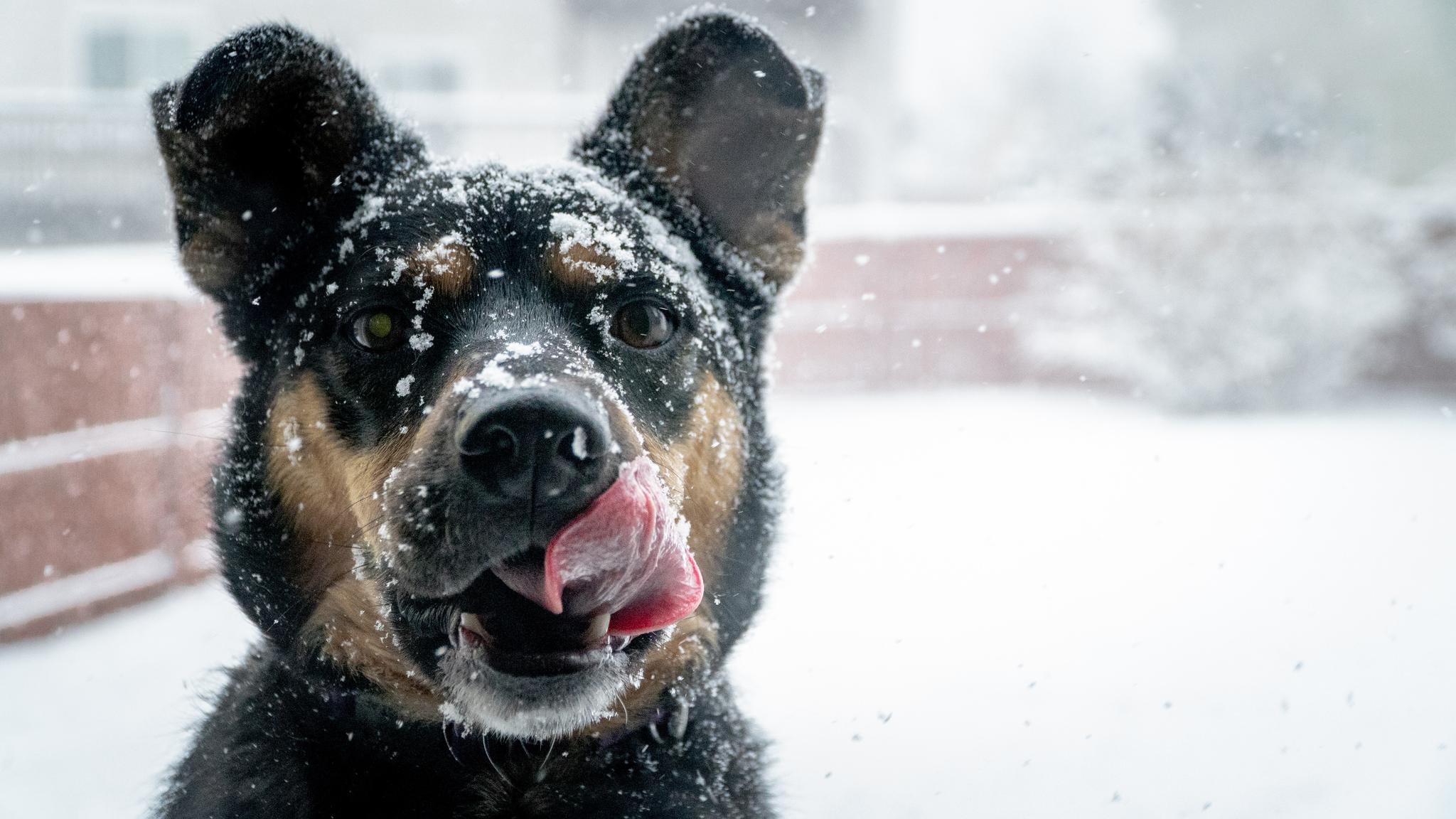Based in Sacramento, California, RedRover has an impact nationally on animal care. "We help animals in crisis and protect and strengthen the bond between people and animals through emergency sheltering, disaster relief services, financial assistance and education."
With winter officially starting December 21, but already reality for many of us, here are some ideas from RedRover to keep your pets safer.
Pets don’t fare much better than people in the cold. With heavy rains, snow and low temperatures already here or on the way, RedRover has a few tips to help keep your furry family members safe and warm:
Stay indoors. While some animals may be slightly better equipped to handle cold weather than others, they’re all susceptible to weather-related risks. Those with short hair may have less tolerance for the cold than their long-haired counterparts. Puppies, smaller dogs, older dogs and cats are especially at risk when temperatures dip under 40 degrees.
Limit outside exposure. Shorten walks with your furry friends in extreme temperatures. According to the American Veterinary Medical Association, pets with medical conditions such as diabetes, heart disease, kidney disease or hormonal imbalances may have a harder time regulating their body temperature, and they may be more susceptible to issues from extreme temperatures.
Paw safety. Traversing rough terrain, snow, ice and road salt can cause paws to become dry, bleed or even crack - and lead to great pain. Be sure to check your pet’s paws frequently for any signs of damage. You may consider using a dog balm or wax to protect their paws, or even booties, which can provide much needed traction on uneven terrain or slippery surfaces.
Watch for signs. Pets are susceptible to hypothermia and frostbite just like humans. Hypothermia symptoms may include shivering, whining, acting lethargic or weak, decreased heart rate, and fur and skin that are cold to the touch. Frostbite is less noticeable and may take several days before the symptoms appear in the form of ice on the body, shivering and bright red tissue. It is most likely to occur on paw pads, tails and ears. If you think your pet could be showing signs of hypothermia or frostbite, contact your veterinarian immediately.
Don’t leave them in the car. Never leave your pet in the car during extreme cold weather. A vehicle can act like a freezer, trapping in cold air which can quickly endanger your pet. If you have to travel with your pet, make sure the trips are short, and don’t leave them unattended in the car.
Watch out for antifreeze. The sweet taste of antifreeze is attractive to dogs, but it can cause sickness or death if ingested. Make sure to keep antifreeze containers far out of reach and clean up spills immediately.
Keep an eye out for ice. When walking your dog, avoid walking near or on frozen bodies of water. The ice may not support the weight of you or your pet, turning your outing into a potentially deadly one.
Look out for feral friends. Outdoor cats can’t protect themselves from the extreme cold. If bringing them inside is not an option, consider building them a feral cat shelter where they can stay safe and dry. You can learn how to build one here.
With these tips and some simple prep, you and your pets can stay safe and warm -- together -- during the cold months.

About RedRover
Since 1987, RedRover has focused on bringing animals out of crisis and strengthening the human-animal bond through emergency sheltering, disaster relief services, financial assistance and education. For the fifth consecutive year, RedRover has earned a 4-star rating from Charity Navigator, America’s largest independent charity evaluator. To learn more, visit RedRover.org
